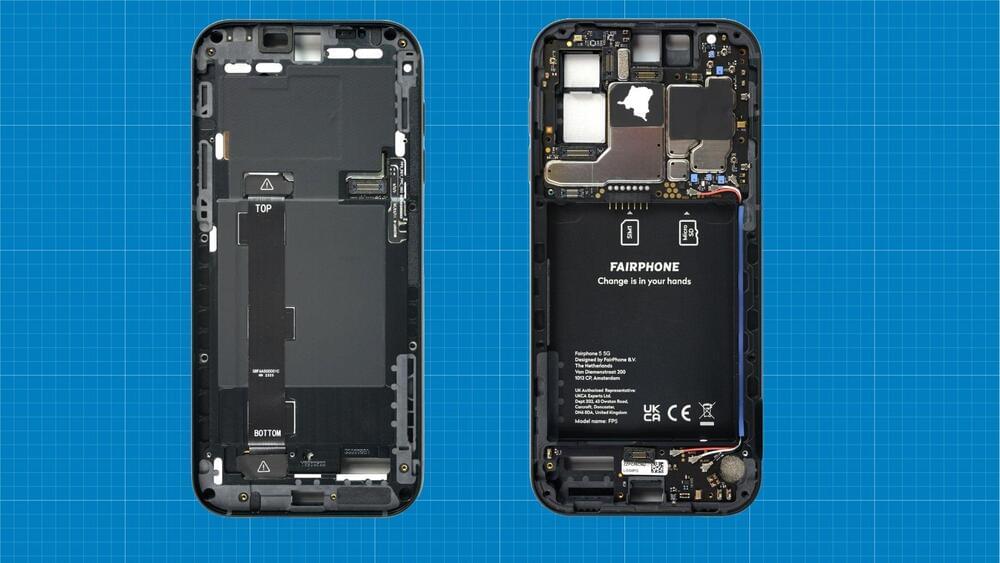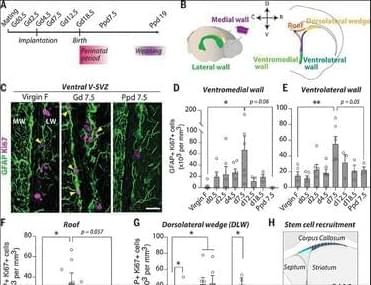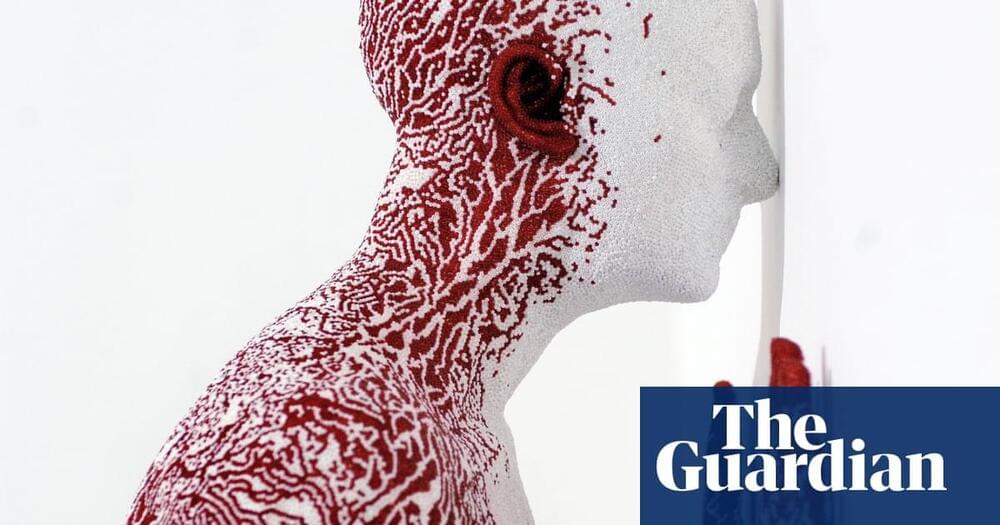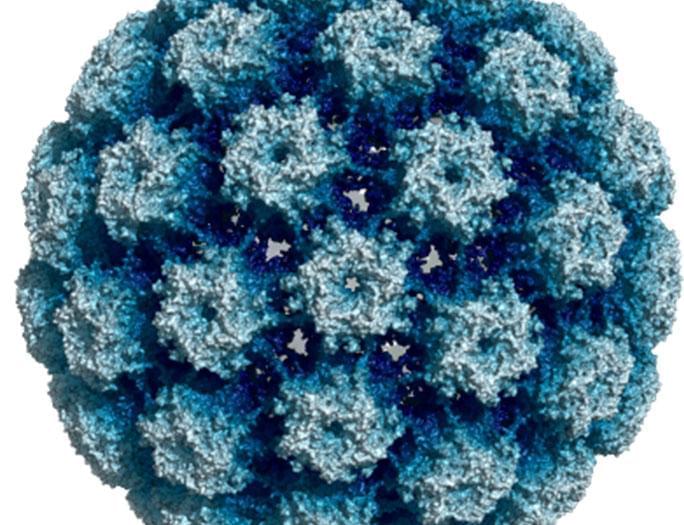In the exercise, an engineer equipped with a set of virtual reality (VR) goggles is orchestrating the robot’s actions.
Advanced proposition.
Nadia, a cutting-edge humanoid robot, is engineered with a focus on achieving a remarkable power-to-weight ratio and extensive range of motion. This is made possible by leveraging innovative mechanisms and advanced composite materials.
The robot draws its namesake from the renowned gymnast Nadia Comăneci, reflecting the ambitious aim of replicating human range of motion. Funding for Nadia’s development is derived from various sources, encompassing support from the Office of Naval Research (ONR), Army Research Laboratory (ARL), NASA Johnson Space Center, and TARDEC. This diverse funding base underscores the broad interest and recognition of Nadia’s potential applications across military, space exploration, and technological research domains, according to IHMC.








